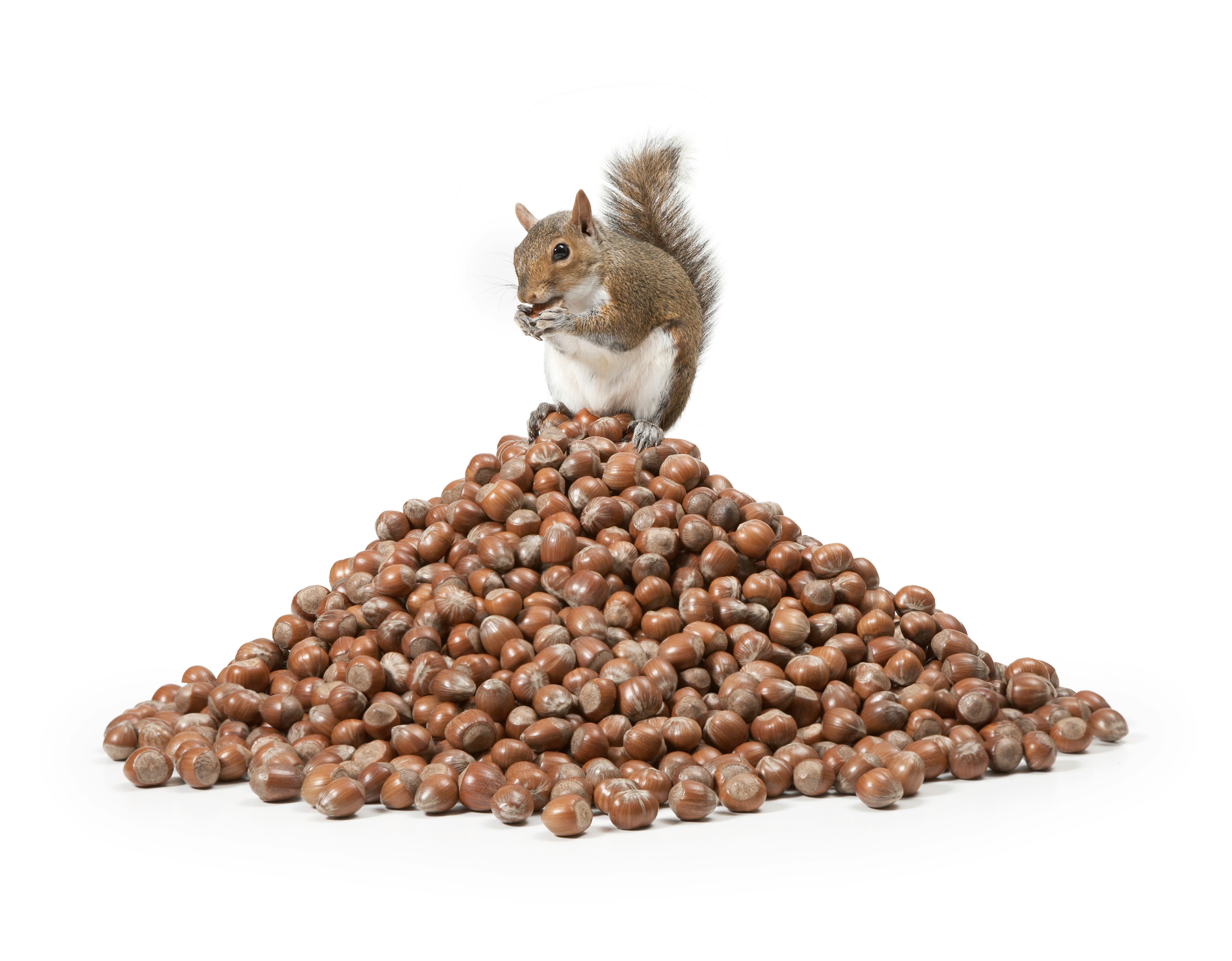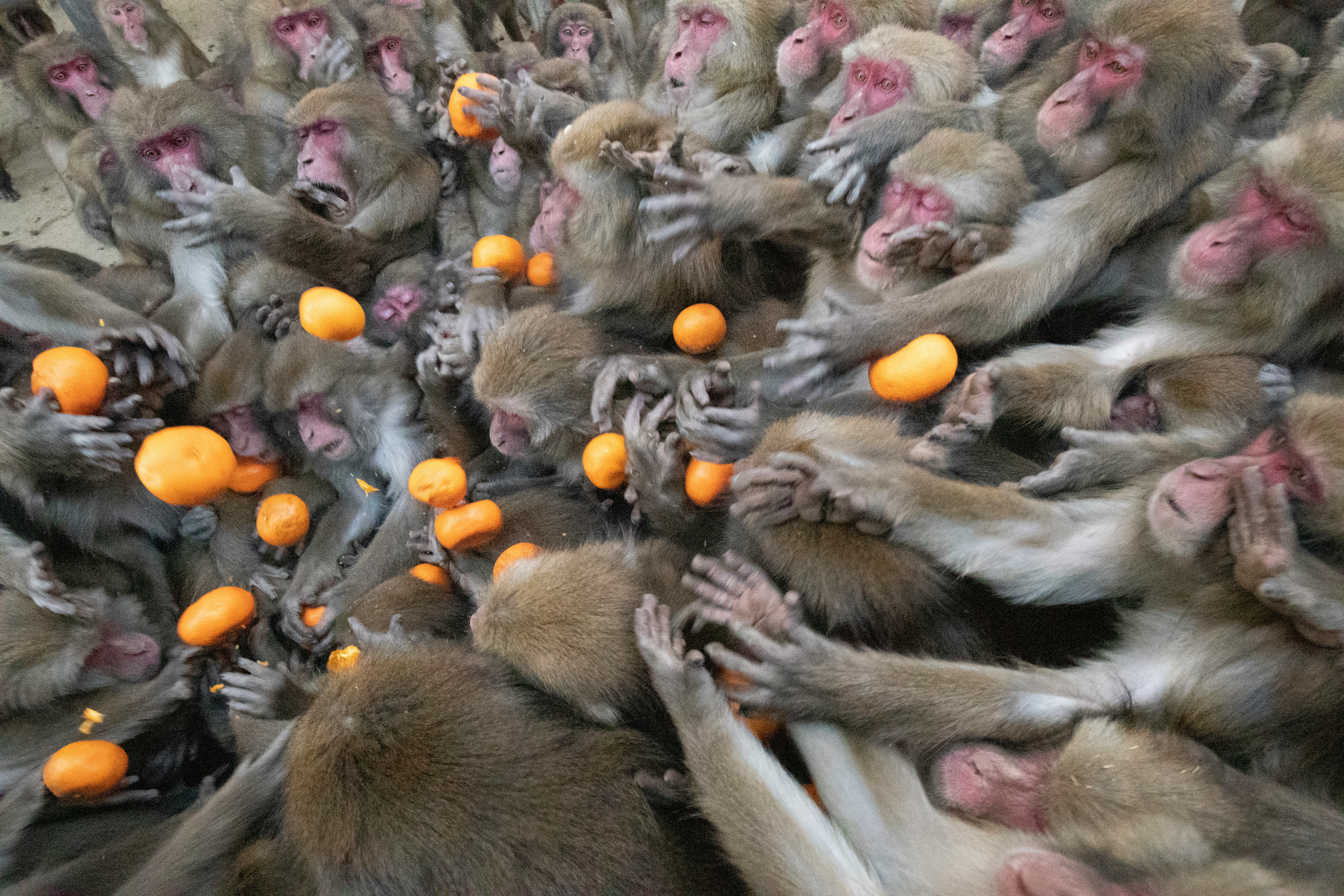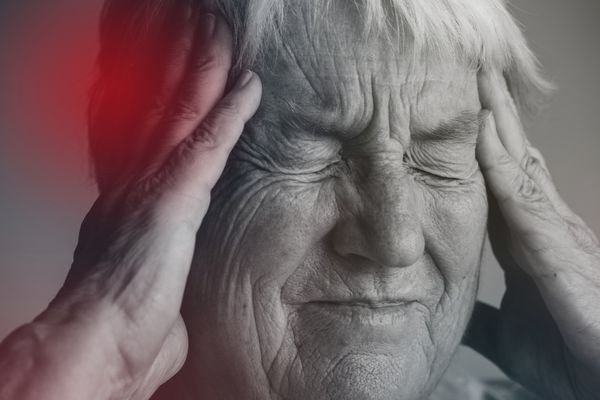
It’s no secret that wealth inequality is on the rise both in the U.S. and across the globe. The growing gap between the rich and poor has serious consequences — and not just for human societies, recent research shows. As it turns out, the woodpecker hoarding acorns in your backyard might just be the animal equivalent of a billionaire mogul accumulating wealth at the expense of the poorer masses.
According to research published this week in the journal Proceedings of the Royal Society B, wealth inequality is a key feature of many non-human societies. The researchers argue it’s about time scientists applied the human framework of wealth inequality to the animal kingdom, helping us understand how it impacts behavioral evolution and ecology. It could also help humans better understand how inequality evolved in our own societies.
“Inequality is a curiously widespread feature of societies,” write the researchers in the study.
What is wealth? — “Animals don’t have bank accounts, so how can they be wealthy?” asks Eli Strauss in a press statement. Strauss is the lead author of the study and a postdoctoral fellow at the Max Planck Institute of Animal Behavior.
Well, according to Strauss’ research, animals may not have hard cash like humans, but they do have “wealth,” and it isn’t always evenly distributed.
Wealth inequality can occur across species, among individuals within a group, and between different animal societies of the same species.
In both human and animal societies, wealth generally comes in three forms. The first is material wealth, which, for animals, includes defensible resources like food, territory, and shelter. Picture an acorn woodpecker pecking dozens of holes into a tree, which it then uses to store nuts for the long haul to pass down to its offspring.
We can compare this kind of animal wealth to intergenerational wealth in human societies, like houses or inheritances. Yes, animals also have wealth privilege, and it can generate serious inequality impacting the evolution of their societies.
“In fact, the widespread transmission of wealth across generations points to the evolutionary importance of non-genetic inheritance,” write the study authors.
The second kind of wealth is relational, which encompasses an animal’s social relationships and interactions, like grooming, food sharing, and hunting with other members of their group. Relational wealth can also involve power dynamics in social hierarchies, which can breed inequality. Think of a higher-ranking chimpanzee getting better access to mating opportunities compared to his lower-ranking peers; or, a more popular human getting better opportunities through her friendships.
Finally, we can also consider “embodied wealth” within the animal kingdom, which refers to individual attributes like body size and appearance, strength, and knowledge. For example, a male peacock with flashier plumage will likely attract more attention from female mates, much like how humans who are conventionally attractive or smart often have better odds of finding a job or a romantic partner.

Why it matters — This framework can help us understand how the accumulation of wealth shapes animal behavior. For example, lower-ranking or subordinate queen wasps will often become aggressive if they believe higher-ranking queens are hogging all the mating opportunities.
We could also better understand why some animal societies are more unequal than others and how wealth inequality impacts social relationships.
“In humans, more unequal societies are often associated with negative individual and societal outcomes,” write the researchers.
This is often true in animal societies, too. The researchers point to a mass die-off of baboons in Kenya, which led to a more equal society since more dominating, competitive members of the group had been killed off. But in other animal societies, like the vulturine guineafowl, allowing a few individuals to monopolize and defend the group’s wealth could paradoxically ensure the long-term stability of the group by allowing for easier decision-making.
Understanding wealth inequality is “key to evolution”
As the scientists point out, wealth inequality can interact with ecology — such as the availability of resources or land — in complex ways that we’re still struggling to understand. Inequality can change over time, and individuals in animal societies may even choose to suppress their own wealth to avoid conflicts with their friends. So, we need a clear framework to identify the root causes and long-term effects of inequality across societies.
Finally, it’s helpful to study wealth inequality across the animal kingdom so we can better understand the evolution of social behavior. As it turns out: Animals might not be so different from us after all.
In animal societies with low social mobility, wealth inequality tends to dominate, giving rise to “social classes.” On the other hand, some animals, like the long-tailed manakins, provide the opportunity for social mobility, allowing some individuals to rise to greater social status after higher-ranking individuals die.
Understanding wealth inequality is “key to evolution,” conclude the researchers.
How they came up with it — The researchers aren’t the first ones to consider the unequal distribution of relationships and resources in animal societies, but comparing those details to human society is new.
Strauss came up with the framework after reading extensive research on inequality in human societies.
“Reading these fascinating sociology and economics papers, it struck me that this work shares a common goal with my work in animal behavior, which is that we both want to understand how inequality arises and affects outcomes for individuals and groups,” Strauss says.
In the new study, the research team synthesized the results of several different studies on biological inequality in the animal kingdom, leading to their new research framework.
What’s next — This is a pretty robust framework, but it’s just that: a proposal. To truly understand the complex dynamics of animal wealth inequality, other researchers will need to move from the realm of the theoretical to the empirical by accumulating evidence from long-term studies across several generations.
As the climate crisis accelerates, it will be even more crucial to learn how this growing crisis affects wealth inequality. Recent reports suggest global warming exacerbates inequality among humans, so it’s entirely possible the same situation will occur in animal societies.
“Environmental stressors arising from climate change are expected to impact many species, highlighting another potentially broadly acting driver of inequality that we need to better understand,” the study authors conclude.







